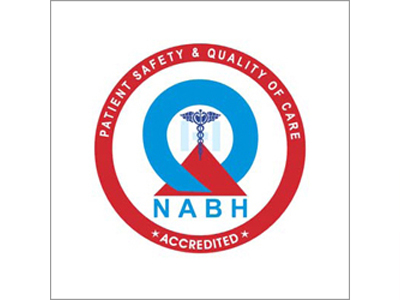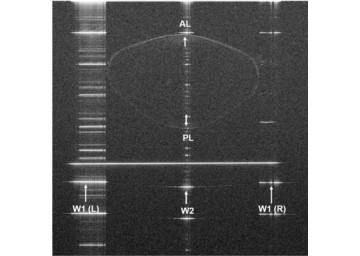In a collaborative study by LVPEI and the Bascom Palmer Eye Institute, Ramya Natarajan, Dr. Pravin K. Vaddavalli, Dr. Fabrice Manns, and others evaluated the age dependence of the human crystalline lens and its implication for the Refractive index profile, addressing the question: ‘Does the average refractive index change with age?’
The human crystalline lens is a transparent structure that can alter its shape to adjust the eye’s focus. The lens grows throughout life, changing its shape and internal structure, which affects the Refractive Index (RI) gradient, a measurement of light bending by the lens. With age, the lens increases in mass and thickness, but its accommodative power decreases. As new lens fibers form in the outer (cortical) layer, old fibers are pushed and compacted to the lens’ center. While this compaction and plateauing at the lens’ center help maintain the refractive power of the lens, over time, it leads to two common age-related eye conditions: presbyopia and cataracts. It is then likely that as the ‘gradient refractive index’ (GRIN) increases with age, it results in aberrations and changes to the lens’ ability to refract light.
There are many methods of measuring GRIN and just as much variance in the results. Magnetic resonance imaging (MRI) of intact human lenses showed that their power coefficient, which is proportional to RI, increases with age. In contrast, studies using optical coherence tomography (OCT) or X-ray interferometry found no significant changes in GRIN with age. The variation between studies makes it difficult to accurately assess changes to lens’ RI. One way to overcome this challenge is by measuring the average axial RI distribution across the lens structure across different ages. While there have been some studies that explored this topic, small sample sizes and conflicting results make it difficult to reach a definitive conclusion.
In a new study published in the journal Biomedical Optics Express, an international research team consisting of Ramya Natarajan from LVPEI, Dr. Fabrice Manns from the University of Miami, and others have explored the association of average RI distribution and protein concentration in human lenses. They used a custom-designed OCT to evaluate the average group RI of 120 isolated human lenses from 120 donors, aged between 10 days and 61 years. The average group RI was calculated from the lens’ optical thickness, a measure of how much light passes through the lens, and the ‘window shift’ (the boundary where light bends into the lens).
The average RI of the lenses was measured at 880 nm and was found to be constant (1.415) between the ages of 2-61 years. The RI of lenses from younger donors (aged 10 days and 3 months) was significantly lower (1.405 and 1.403). This study resonates with earlier research which found that the RI of the central plateau increases with age, the overall thickness of the lens increases at a commensurate rate, keeping the average RI constant until a person’s mid-60s.
'This experimental study concludes that infant lenses below two years of age undergo a rapid increase in refractive index post-birth, aligns with lens’s rapid growth phase and the lens average refractive index remains constant after two years of age,' notes Ramya Natarajan, Research Associate at LVPEI, and the first author of this paper. 'In addition, the study’s results show that optical biometers can use a constant value of the average RI to convert optical thickness into geometrical thickness.'
Citation
Natarajan, R., Maceo Heilman, B., Ruggeri, M., Ho, A., Singh, V. M., Augusteyn, R., Parel, J. M., Vaddavalli, P. K., & Manns, F. (2024). Age dependence of the average refractive index of the isolated human crystalline lens. Biomedical Optics Express, 15(10), 5901–5911. https://doi.org/10.1364/BOE.536501



